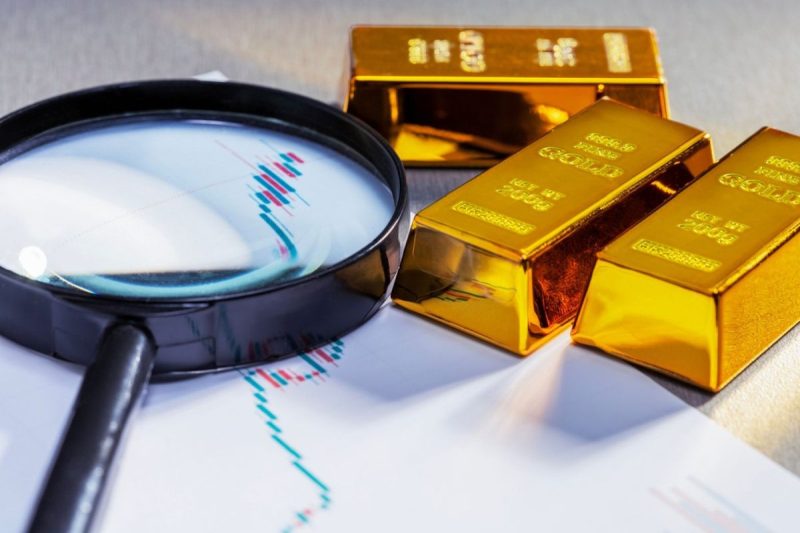Delving into the realm of precious metal commodities, gold commands a special place owing to its historical, cultural, and economic significance. Its price, which tends to fluctuate based on a variety of stimuli, constitutes a critical aspect for investors and economists alike. As of our current year, 2024, the landscape of gold pricing has seen several crests and troughs, but the highest price hitherto observed has been an unsurpassed event in the history of gold trading.
Herein, the spotlight is on August 7, 2020, a significant date for all those involved in the gold market. On this day, gold prices crossed all previous barriers to set a new record. The value of this precious metal shot up to an astounding $2,067.15 per ounce, according to data obtained from the London Bullion Market Association (LBMA).
The factors that contributed to this pinnacle in gold prices were multivariate and complex. Primarily, amidst burgeoning geo-political tensions and an incipient trade war between the United States and China, investors worldwide began to seek safe havens for their investments. Gold, being a renowned economic refuge, started to attract a flurry of investment – thereby driving up the demand and, concomitantly, the price.
Additionally, the unprecedented economic repercussions of the COVID-19 pandemic played an influential role. As businesses across the globe shut down and unemployment rates soared, the global economy faced unforeseen challenges. In response, central banks lowered interest rates and introduced quantitative easing measures. This flood of liquidity, combined with the lowering of opportunity cost for holding gold, further fuelled its price hike.
An interesting aftermath of this peak was the reaction observed in other sectors connected to gold. The mining companies experienced a boom owing to their direct ties with the precious metal. Gold ETFs also saw a surge as they provided a more liquid and convenient way of investing in gold without the need for physical storage.
However, it is crucial to understand that the gold market, like any other financial market, is not immune to volatility. The record high was followed by a period of correction, during which gold prices retracted from the all-time high watermark. More importantly, it serves as a reminder that while gold can serve as a hedge during turbulent times, it is not devoid of risks and should be viewed as part of a diversified investment strategy.
As of this writing in 2024, the peak price achieved in August 2020 still holds the record. It continues to remain an important reference point for investors and economists, and a constant reminder of the precious metal’s potential to reach dizzying heights amid global economic turmoil. However, predicting the future directions of gold prices always entails a level of uncertainty. Various factors, such as the state of the global economy, inflation trends, currency values, interest rates, and geopolitical events, could potentially drive gold prices to new heights or push them down. As with any investment, the maxim applies – past performance is not indicative of future results.




